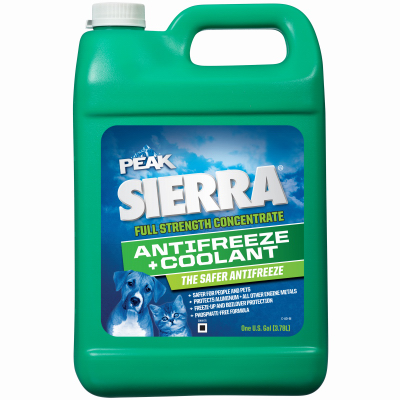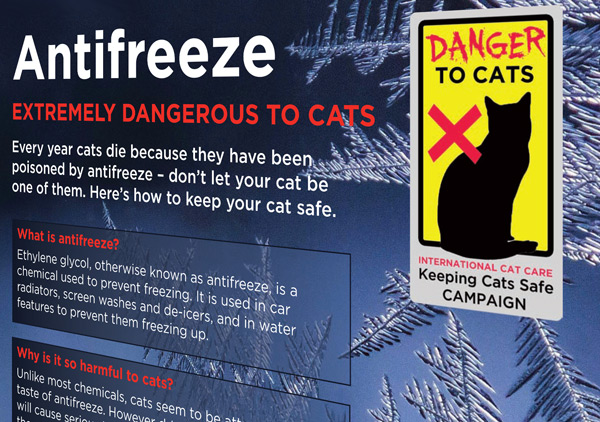

Ethylene glycol does not absorb well through the skin so systemic toxicity is unlikely. Breathing ethylene glycol vapors may irritate eyes and lungs but is unlikely to cause systemic toxicity. ROUTES OF EXPOSURE: Systemic ethylene glycol toxicity can occur through ingestion.If ethylene glycol releases as a vapor, it is unlikely to pollute agricultural products. Agricultural: If ethylene glycol releases as a liquid spray (aerosol) or mist, it may pollute agricultural products.


Ethylene glycol breaks down into toxic compounds in the body. Ethylene glycol has a sweet taste and is often ingested by accident or on purpose. Examples include antifreeze, hydraulic brake fluids, some stamp pad inks, ballpoint pens, solvents, paints, plastics, films, and cosmetics. DESCRIPTION: Ethylene glycol is a useful industrial compound found in many consumer products.Often colored fluorescent yellow-green when used in automotive antifreeze. APPEARANCE: Clear, colorless, syrupy (viscous) liquid at room temperature.


 0 kommentar(er)
0 kommentar(er)
